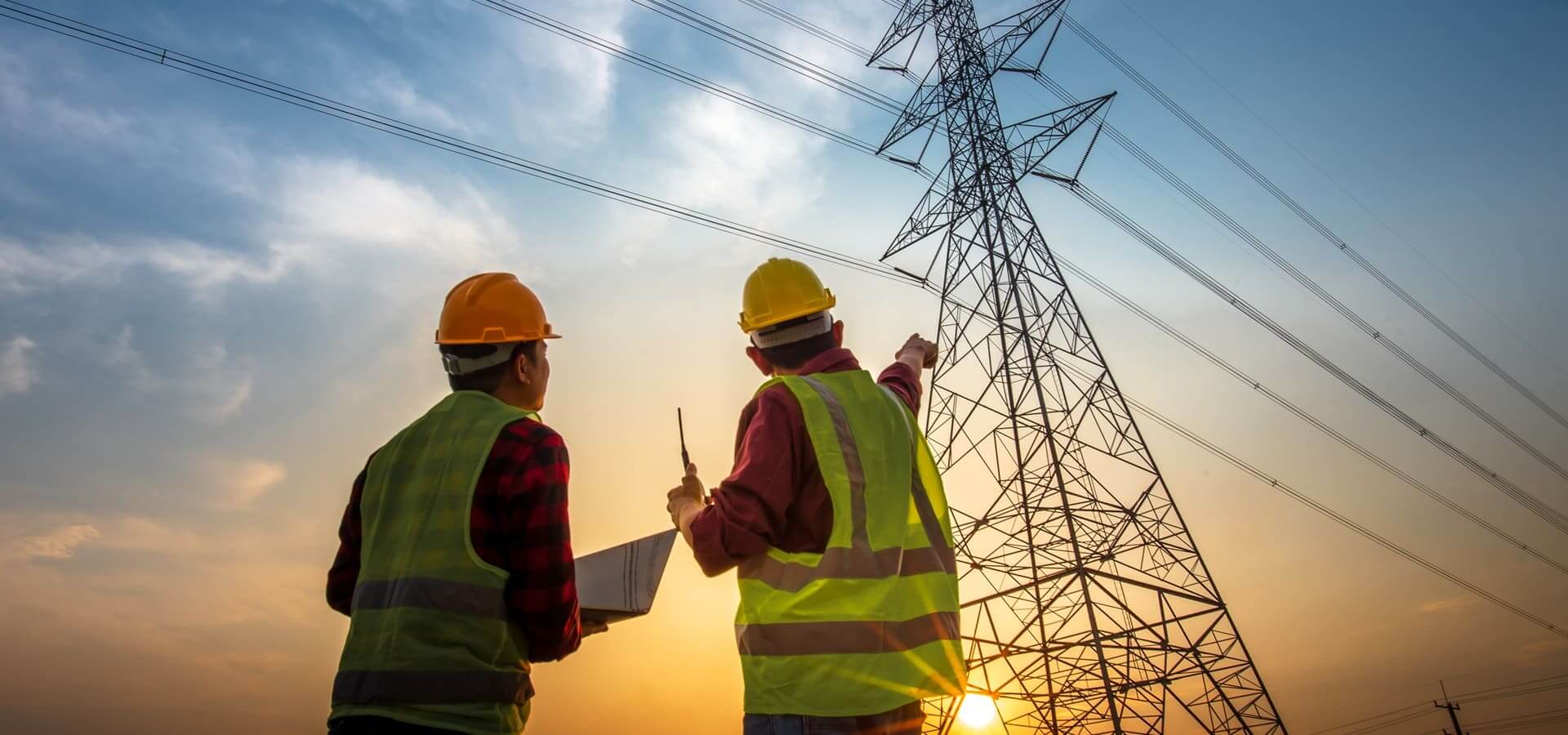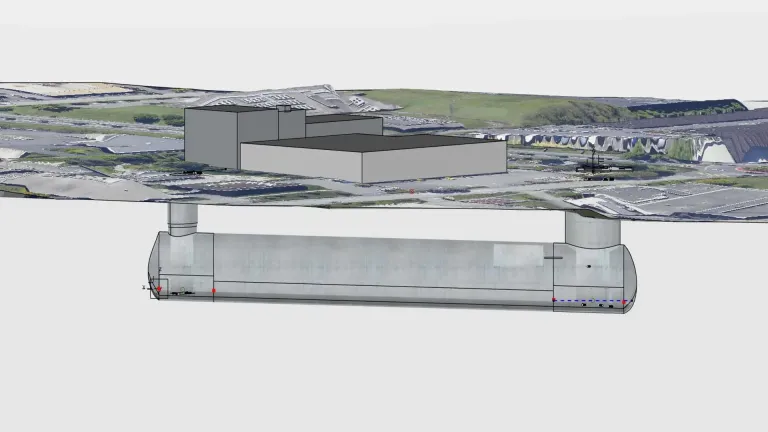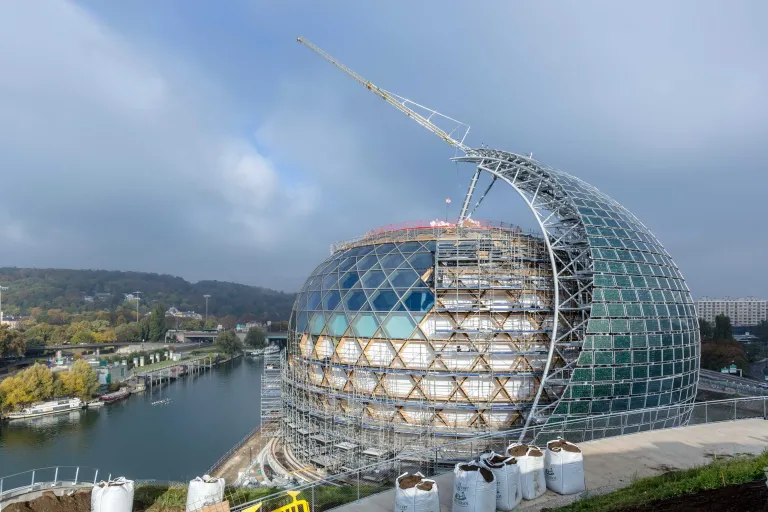Utilities
Optimizing assets by leveraging multiscale common information environments and virtual twins
What Are the Challenges Changing the Utilities Landscape?
Delivering safe and affordable services to all, at all times, in a context of shrinking decision-making timeframes, can only be achieved by promoting data quality, standardization, traceability and the simulation of systems behavior over time, to address the legal, technological, social, environmental, financial and economic challenges.
- Electricity Transmission and Distribution
- Water Supply and Sanitation
- Gas Transmission and Distribution
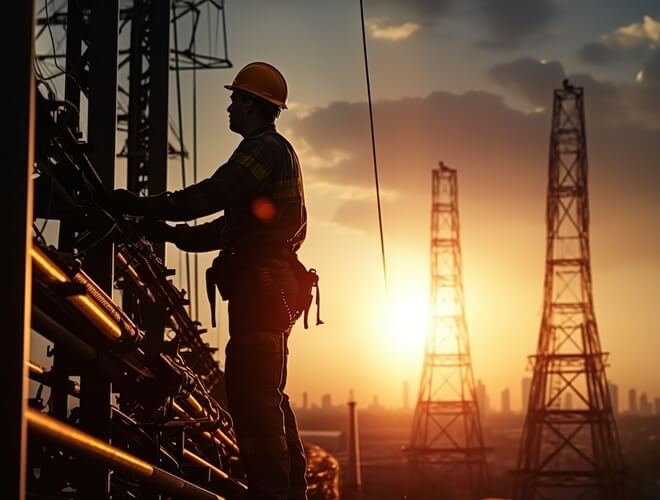
Electricity Transmission and Distribution
Designers, Engineers and Constructors
Anticipating the massively increasing demand for electricity and the integration of the renewable sources of energy, while continuing to address the challenges of renewing the aging infrastructure in operation.
Grid Operation Managers
Facing more challenges, as they have to operate the electricity transfer in real-time but also balance a more complex supply and demand across interconnected networks while minimizing losses along the electric power transmission and distribution systems.
Maintenance Engineers and Technicians
Experiencing an increasing diversity and complexity of equipment, systems, mechanisms and infrastructure. This requires ongoing training and new technologies to maintain the systems.
Partners
Deciding whether the full set of required expertise or resources should be available in-house or contracted out. As such, a major challenge is partner selection and management but also the orchestration of the entire ecosystem of partners involved in the value chain.
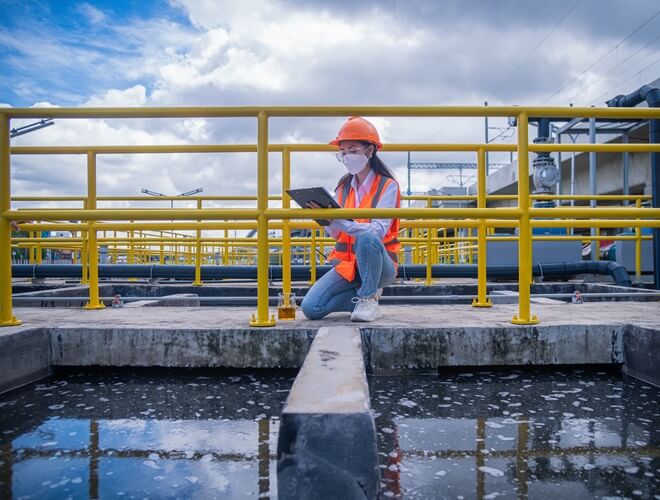
Water Supply and Sanitation
Designers, Engineers and Constructors of treatment stations and conveyance networks.
Adjusting to significant changes in water availability, water quality regulations and consumption patterns. This requires both retrofitting exiting assets and planning the systems of the future.
Operation Managers
Ensuring safe and affordable water supply and sanitation, at all times. This can be particularly challenging since balancing the supply and demand requires adjusting to daily but also seasonal fluctuations. Years of drought put particular stress on the systems when water resources are scarce.
Maintenance Engineers and Technicians
At the heart of the asset, as extending the life of the treatment and conveyance assets is critical in many regions that suffer from a lack of investment. This sector suffers most from the loss of workforce attraction and retention.
Partners
The selection of contractors and suppliers involved in the value chain plays a key role in the transition to reduced footprints, sustainability and the achievement of the energy transition targets.
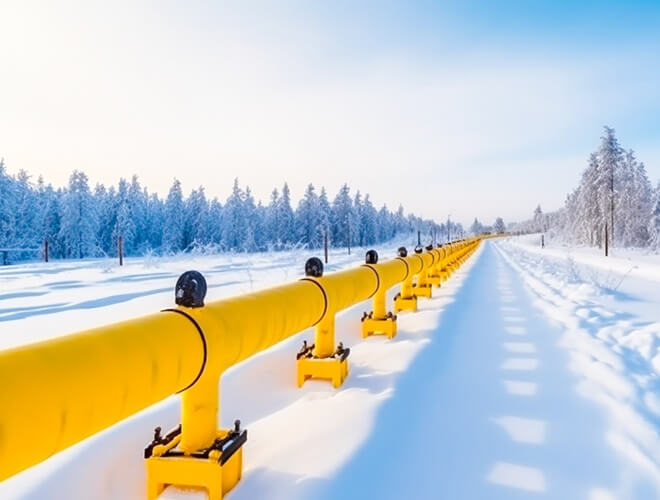
Gas Transmission and Distribution
Designers, Engineers and Constructors of gas transmission and distribution networks
Adapting the systems to reach goals for decarbonization gand renewable energy mix but also taking into account the development of cooling and heating networks, hydrogen and carbon dioxide networks.
Operation Managers
Gas, hydrogen and carbon dioxide pipelines pose specific safety challenges that come with comprehensive risk assessments. Meeting peak demands during cold winter weather or summer heat waves requires increasing coordination across players in the power sector as a whole, not only gas, to make sure the energy systems work as a whole.
Maintenance Engineers and Technicians
Requiring robust testing plans and approvals all along the life cycle of the pipeline, from commissioning to retirement to support inspection, leak detection and other surveillance programs.
Partners
Maintaining reliable relationships with the contractors, suppliers and vendors community is key to day-to-day operations safety.
